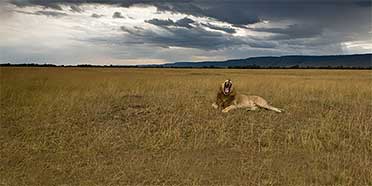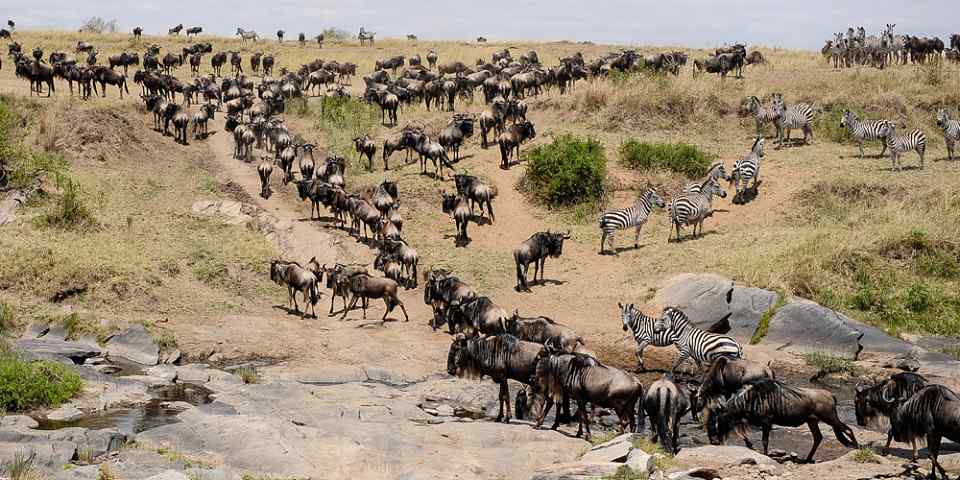
Safari Tours to Masai Mara NR
-
![7-Day Best of Kenya Luxury Safari]()
7-Day Best of Kenya Luxury Safari
$4,699 to $6,099 pp (USD)
Kenya: Private tourLuxuryLodge
You Visit: Nairobi (Start), Samburu NR, Masai Mara NR, Nairobi (End)

Wayfairer Travel
4.8/5 – 183 Reviews
-
![4-Day Masai Mara - Nakuru Private Tour(Mid -Range)]()
4-Day Masai Mara - Nakuru Private Tour(Mid -Range)
$1,155 to $1,595 pp (USD)
Kenya: Private tour
Mid-range Tented Camp & HotelYou Visit: Nairobi (Start), Masai Mara NR, Lake Nakuru NP, Nairobi (End)

Jocky Tours and Safaris
4.9/5 – 2,081 Reviews
-
![3-Day Masai Mara Budget Safari Tour Kenya 2024 - 2025]()
3-Day Masai Mara Budget Safari Tour Kenya 2024 - 2025
$395 to $605 pp (USD)
Kenya: Shared tour (max 8 people per vehicle)BudgetTented Camp
You Visit: Nairobi (Start), Masai Mara NR, Nairobi (End)

Bienvenido Kenya Tours and Safaris
4.7/5 – 122 Reviews

 Kenya Parks
Kenya Parks











